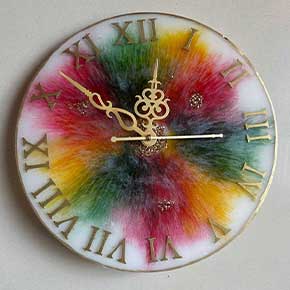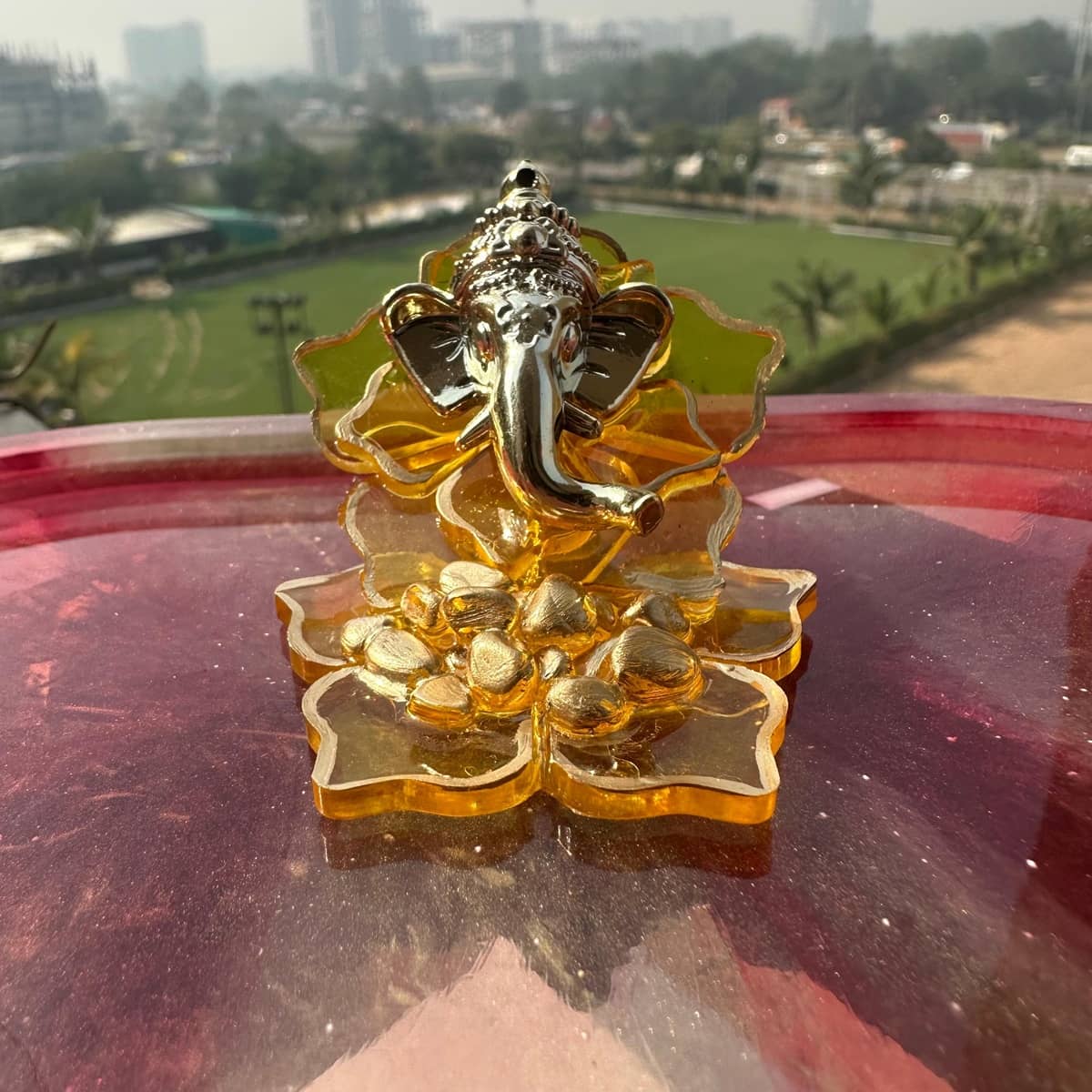Fast, Free Shipping
On order over ₹2000
Ideal Making time
5-7 days
Low Price Guarantee
Best Deals on Resin Products
Quality Guarantee
We Guarantee Our Products
Grab your
Best Resin Product
Copied!
Today !
check High Quality Resin
check Unique Style
Holders











